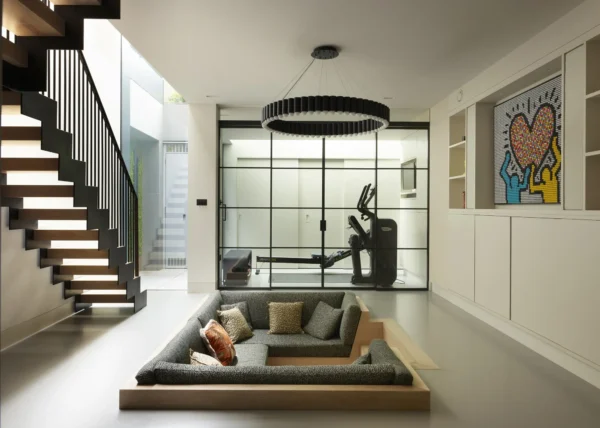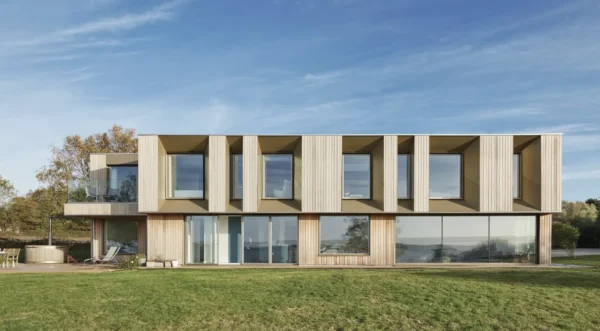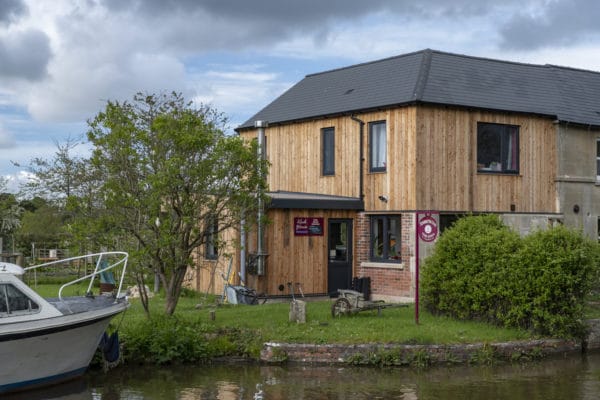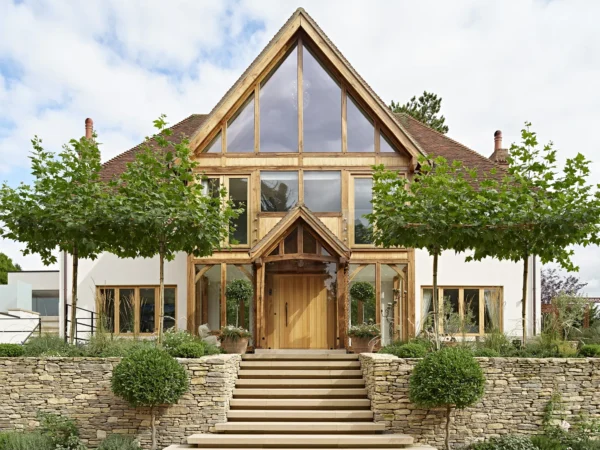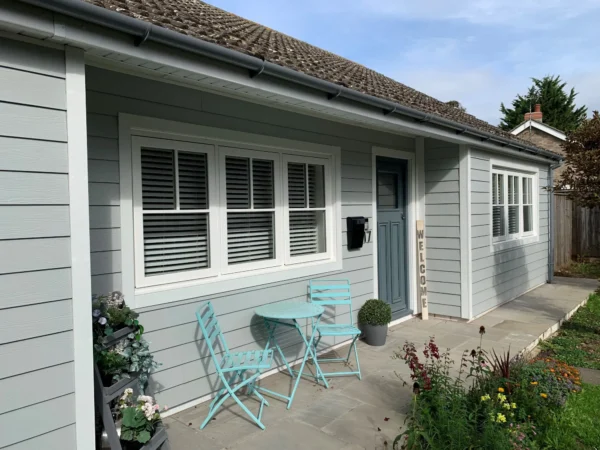Renovation Guide: How to Add Value to a Property
If you’re looking to buy a run-down property and do it up to sell on as a money-making venture, then you’re probably planning to spend as little as possible in the process.
Of course, renovating somewhere to live in yourself still calls for getting the most bang for your buck, but where your cash is best placed could be different if you’re on a profit-making journey.
So what do potential buyers value the most in a house, and how can you best transform your investment into profit? Here are my top tips.
1. Understand what work is needed
It’s always worth properly investigating how big a job it’s going to be to renovate a house. A scarily-derelict looking property could only need a cosmetic facelift, perhaps simply new flooring and a fresh lick of paint, whereas something that looks in pretty good nick might actually prove to have underlying structural problems that will cost a fortune to fix.
Look for signs of damp and subsidence, and check the heating, plumbing and electric systems are up to scratch. Invest in the appropriate professional guidance and make sure you know exactly how much faults are going to cost to fix.
No matter how much you love the idea of taking on the project, if a building calls for a fortune to do up then you need to be realistic about whether it’s worth the investment.
2. Look at its location
You could produce the best-looking house on a street, but if it’s in an undesirable part of town, the ceiling value is probably limited regardless of how much money you pump into it.
“Look at the price of similar renovated houses in the area,” says Jane Middlehurst from Poulsom Middlehurst. “The difference between those that have and haven’t had work done can sometimes be the same as the amount the update project cost. When you add in your time and the risk you’re taking, it may not be a worthwhile investment.”
Bear in mind that postcodes can go in and out of fashion – just look at east London. Judging where the next up-and-coming place is will always be a risky venture; going down this route is uncertain and may not pay off.
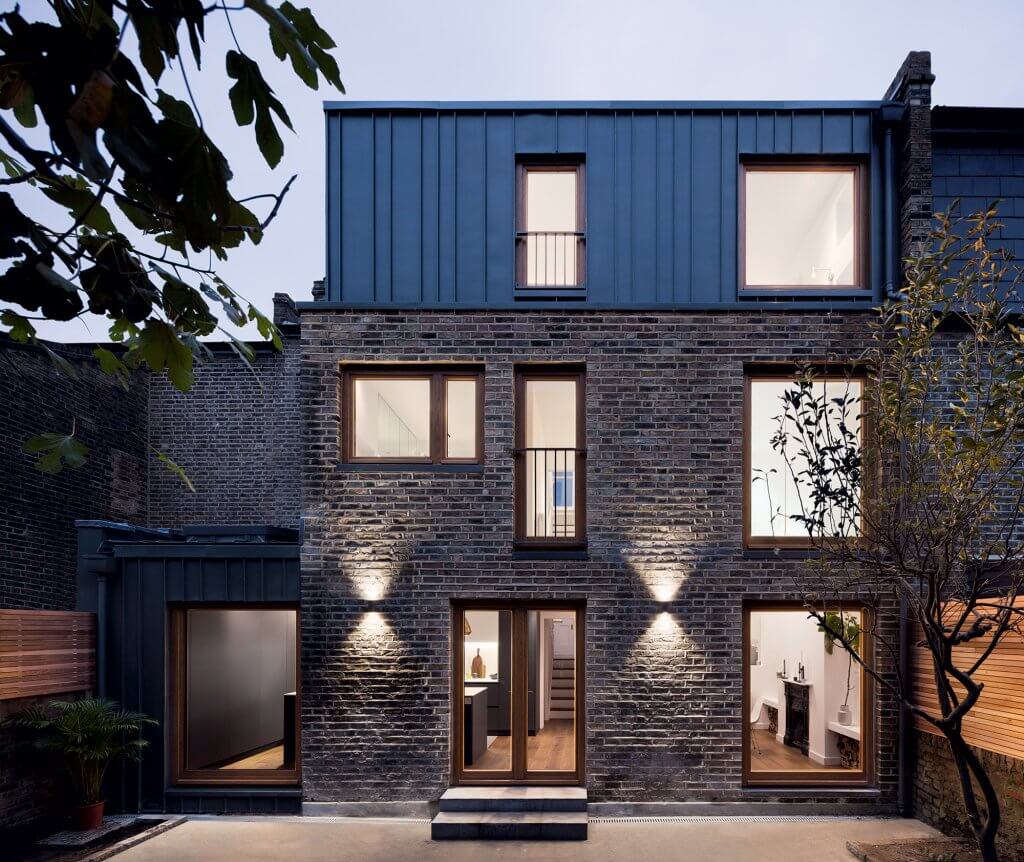
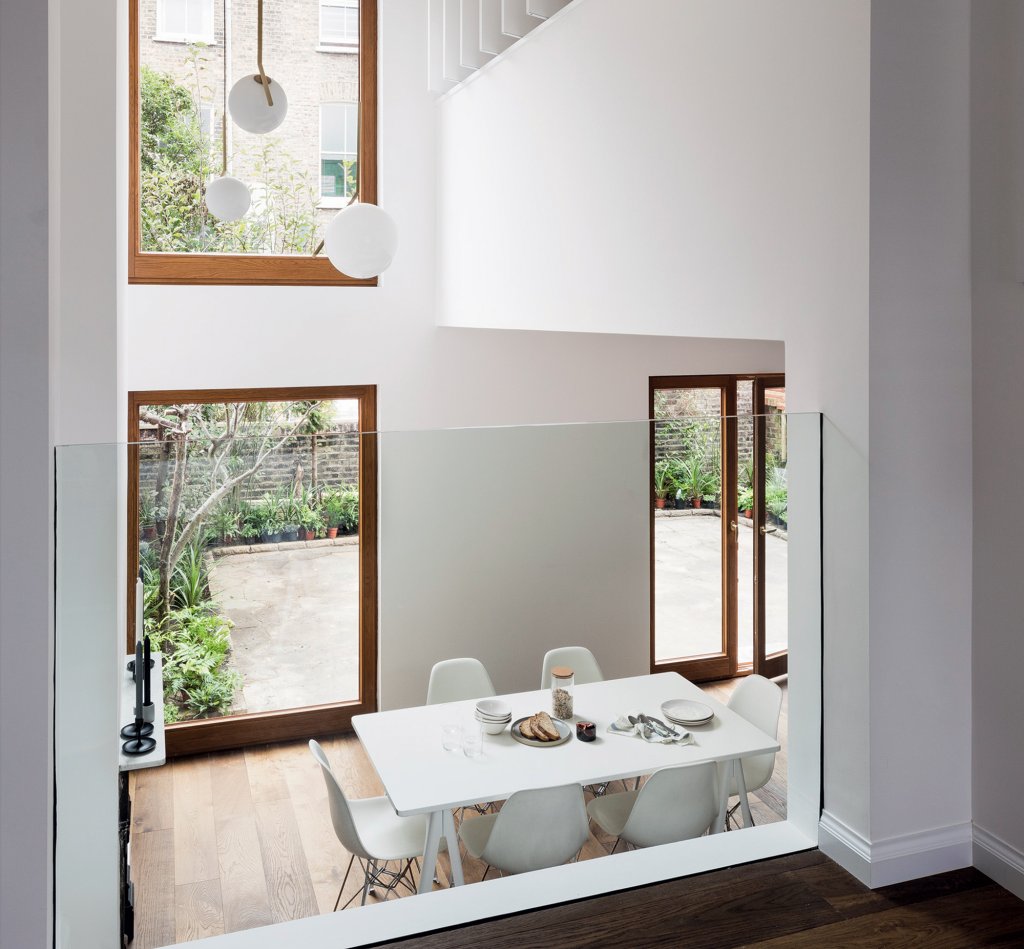
3. Is there opportunity to extend?
Adding extra floorspace to a house is a great way to maximise its potential and create some wow factor while you’re at it.
“While having a property fully refurbished internally will increase value, being able to add square meterage will really make a difference,” says Amos Goldreich from Amos Goldreich Architecture. The project pictured on the previous page involved a 25m2 extension and full refurbishment throughout. “The result increased the home’s value by about £300,000,” adds Amos.
Bigger living areas and extra bedrooms are key additions to consider. Perhaps an old conservatory is crying out to be replaced with a new glazed room that bridges the gap between interior and garden; or maybe a large loft offers the perfect opportunity for a spacious master suite.
“Houses in the UK are still broadly priced by the number of bedrooms, but be careful not to compromise the rest of the living space by adding more,” says Jane. Tom Gresford from Gresford Architects warns against assuming that another bedroom will definitely increase a building’s value: “There are no guarantees in property development,” he says.
4. Are there any restrictions?
Conservation areas, zones of special interest and protected status (such as listing) can create limitations for a project – any permitted development rights might be removed, for instance. Do your local research; look into the property’s development history and check whether any nearby schemes faced planning problems. “Remember that historic (especially listed) buildings can be far more expensive and time consuming to renovate,” says Tom. “You’ll need to get correct consents or else the future sale may be impeded.”
5. Behind-the-scenes upgrades
You might be weighing up whether it’s better to put your money into a cosmetic facelift or less visible upgrades that will enhance the property’s energy efficiency, such as a new heating system or extra insulation in the loft.
“In my view it’s more important to deal with the fundamentals first, such as heating, insulation, electrics and windows,” says Tom. “Serious buyers will always be more interested in what lies beneath, and will be much happier when they’ve bought it.”
Add £50k to your home’s value in seven daysNew research from the Federation of Master Builders and the HomeOwners Alliance shows that it is possible to add almost £50,000 to the value of your home in as little as one week. Key findings include: • Removing an internal wall to create an open plan kitchen and diner can add £48,417 in seven days to an averagely priced home in London; |
6. Highlight character & wow factor
While it’s wise not to inject too much of your own personal style preferences into a property to sell, you could still make a statement with broader market appeal.
“Try to look for the opportunity to add something better-than-standard to reap real rewards,” says Jane. “For instance, there may be a clever solution to radically improve a non-functioning floorplan in a way that the average homeowner may not spot.”
What’s right for your project will depend on the property’s period and style. For instance, modern-looking extensions often work well on Victorian terraces. “If it’s a ‘boring’ house, some design flourishes will help, but if it already has intrinsic character, it’s often best to keep it simple,” says Tom.
7. Create a good flow
Have you ever visited a property where different zones don’t seem connected to other spaces? How did it make you feel? A sense of correlation throughout is essential for making people feel at home and drawn to the experience of being there.
“Any update should involve the whole house, so there’s a natural and coherent flow between areas in terms of colours and materials,” says Amos.
Jane adds: “How the rooms connect from one to another, the views through a property to the outside and the general feeling of light and space can all make a buyer fall in love with your property over others on the market.”
8. Maximise natural light
It’s only now that we’re on the way back to longer days that I’ve realised how much the presence or lack of daylight can affect my mood. The same rings true when it comes to experiencing a new space – bright, airy rooms generally feel more welcoming.
Look at the way the sun moves across the plot – what areas get natural light throughout the day and does this chime with how they’re used? Are windows placed in areas that maximise sun-drenched elevations? Could a glazed door or rooflight help to draw more light inside?
9. Include multi-functional spaces
Different homeowners have different preferences for the rooms that are important to them and their family. If you’re looking to sell, try to offer spaces that can accommodate a diverse range of uses and that can be adapted as the owners’ needs change over time.
“People like multi-functional areas, such as studies that can be used as spare rooms or playrooms,” says Amos.
10. Update the kitchen & bathroom
It’s remarkable how much an outdated kitchen or bathroom can put you off a property. Kitchens are now viewed as the heart of the home and centre of social activity, which is one of the reasons why open-plan living has become so popular – people like integrating the zone with living spaces.
Many view the bathroom as one of the last places of personal sanctuary, somewhere to unwind at the end of a long day – so look at whether any bedrooms would benefit from a well-proportioned ensuite.
“Get these rooms right and the house will sell itself,” says Tom. There are a number of affordable yet stylish and durable options available – shop around and you won’t need to spend a fortune.
11. Use good quality products
Finishes are important when it comes to creating a home that feels sophisticated, even if it wasn’t actually expensive to put together.
“Avoid cheap materials if possible, and use the products you choose wisely – for example, you can make a room an amazing space with simple decor but a great floor,” says Tom.
Jane adds: “Keeping the finishes neutral will create a great base for homeowners to make the house individual to them. Key areas for high quality products are flooring, doors and windows.”
12. Get a professional opinion
You may think somewhere is ripe with potential, but someone with experience in projects like this might notice things that flag concerns. “Speak to an architect about your plans; they’ll be able to advise on options and costs,” says Amos.
It’s also important to get the proper surveys done early in the process, as well as having the heating and electric systems investigated before buying.
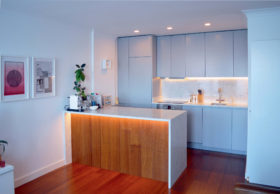
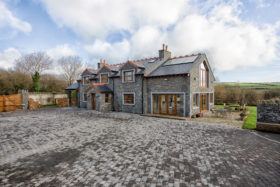


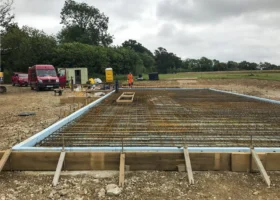



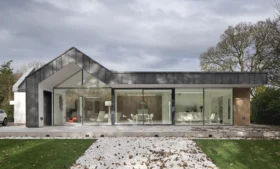
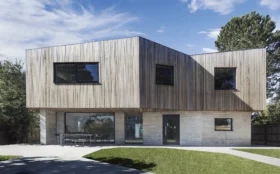






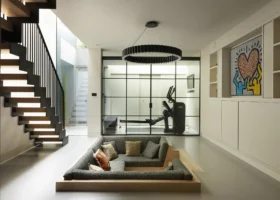













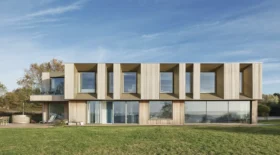

















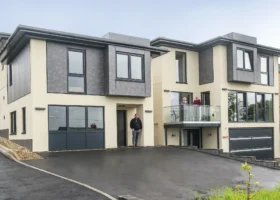











































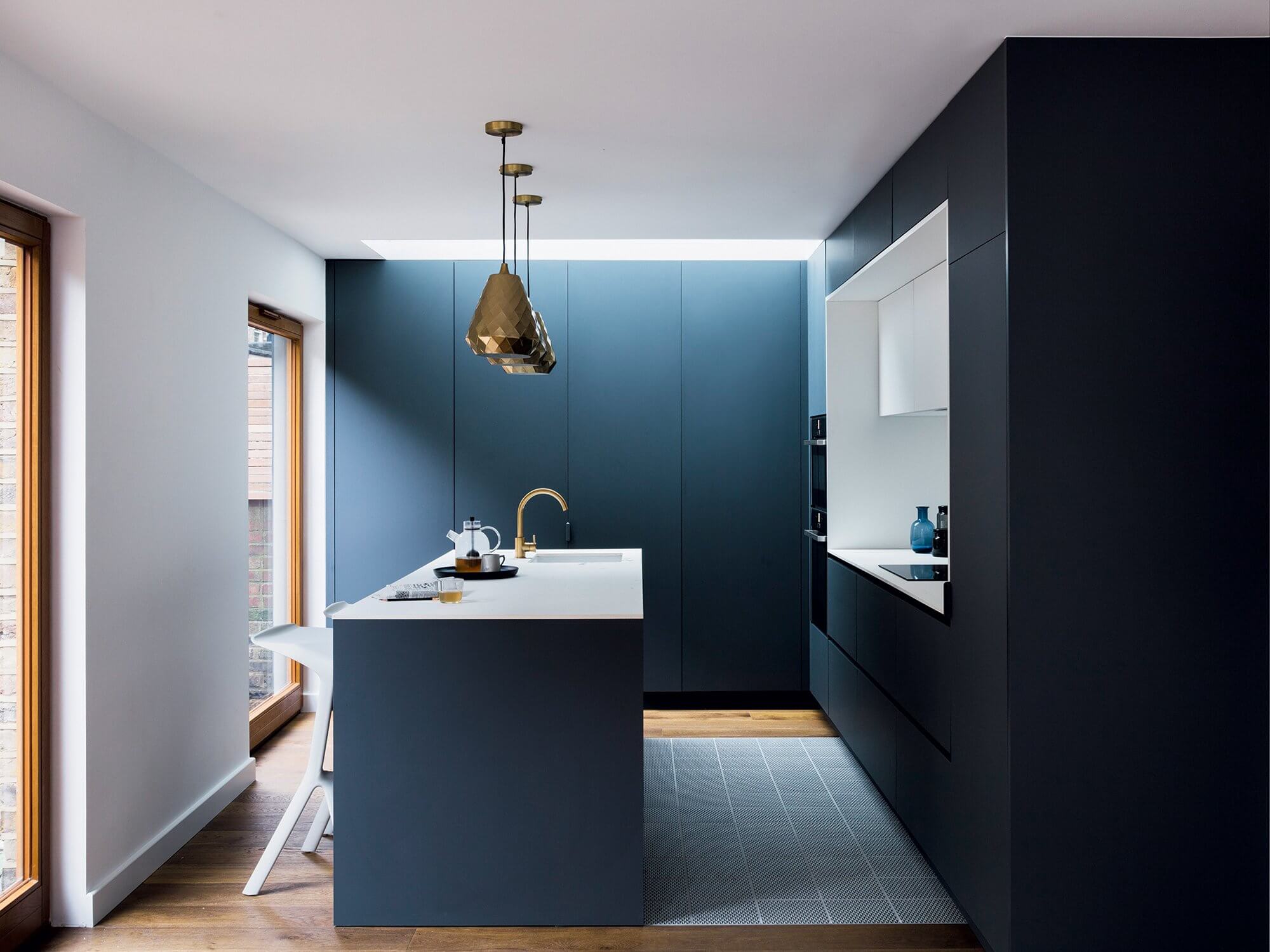
 Login/register to save Article for later
Login/register to save Article for later

